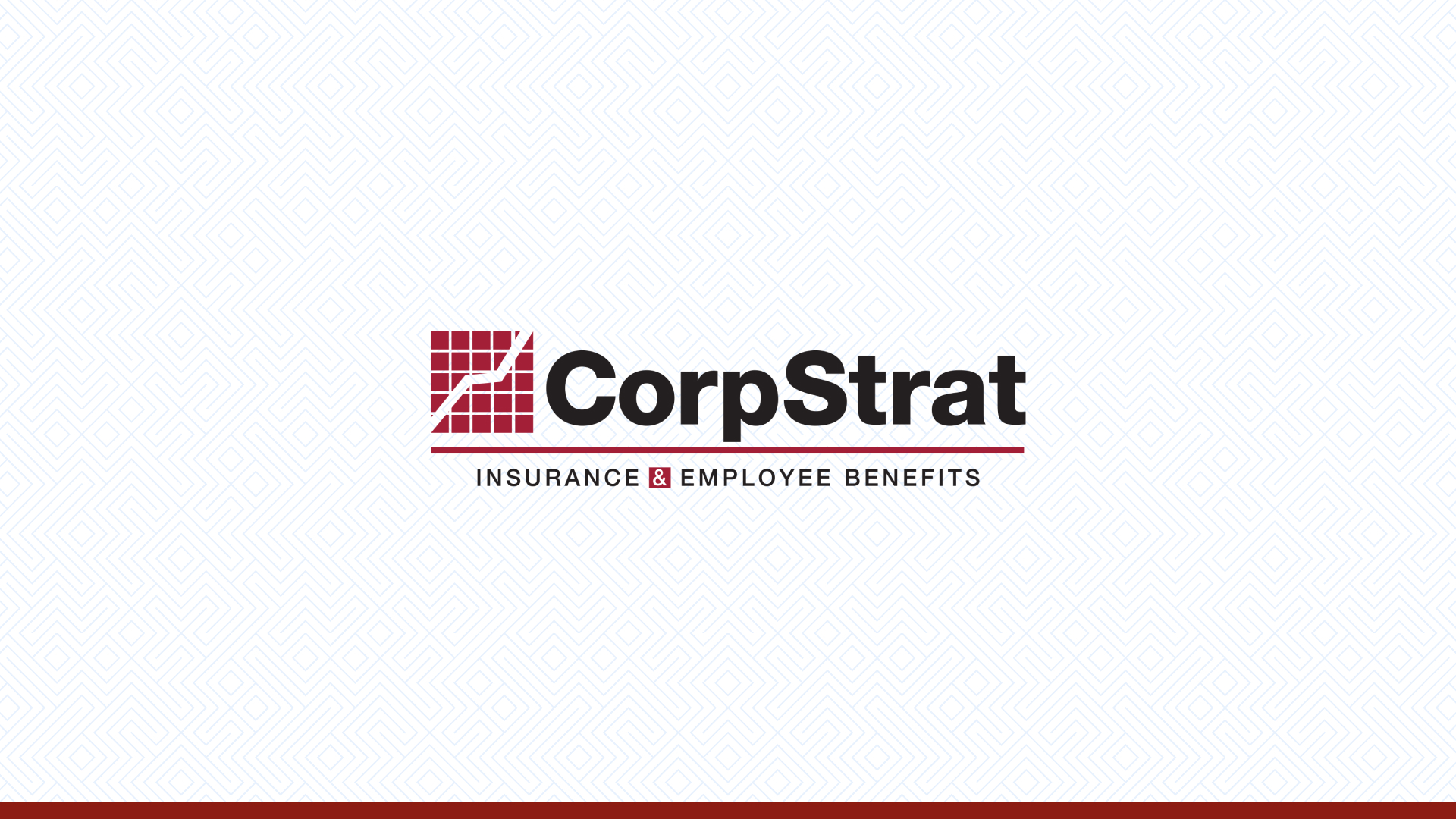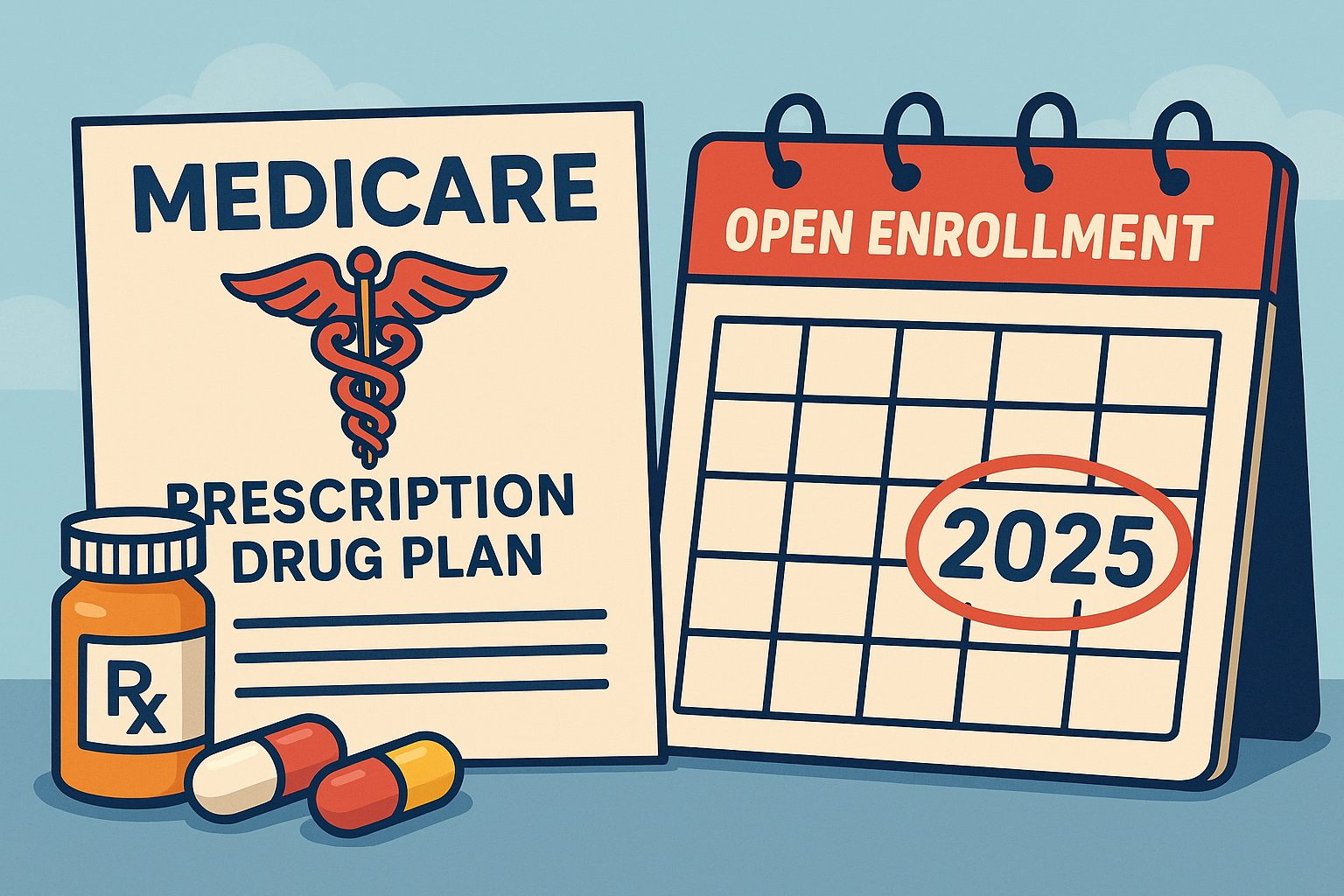Source: Forbes January 2016
Consumerism in healthcare just can’t work. It can’t work because seriously ill patients are under incredible stress and can’t shop around for the best care. It can’t work because information on quality and cost isn’t easily accessible. It can’t work because healthcare spending is heavily concentrated–just 5% of the patients account for 50% of the cost. What’s the point in having a $6,000 deductible when you need a $500,000 surgery?
Of course, most of the people who tell you that consumerism can’t work in healthcare tend to work in healthcare themselves. But if they were doing such a great job, maybe our healthcare system wouldn’t be riddled with high costs, fatal medical errors, and hundreds of billions of dollars in waste and fraud.
Companies in other industries–from Wal-Mart to Trip Advisor, Amazon, andGoogle GOOGL +1.11%–have figured out ways to simplify incredibly complex systems to lower the amount of time and the cost for consumers to identify affordable, quality products. Those companies have just one thing in common: they answer to consumers.
Advocates for consumer-driven healthcare often argue that patients need more “skin in the game” in terms of actual purchasing power–and they do–but what about the biggest of big ticket healthcare items, like cancer, major surgeries, or other complex chronic illnesses? Paying one co-pay could cancel out your entire deductible. No incentive to shop after that.
Or is there?
Technology is already changing healthcare in ways that point to how market competition can work for all patients–including those with serious chronic illnesses–and could work even better if government focused on just two critical roles: lowering barriers to entry for innovative start-ups and enforcing transparency in pricing and quality metrics.
But first things first. Let’s take the argument that patients can’t shop around when they are sick. That might be true if you’ve suffered a car accident or a heart attack, but 85% of U.S. healthcare spending goes to long-term chronic diseases–when patients have the time and the necessity too make informed choices. And they will make better choices if we make the right information easily accessible first.
Companies like Best Doctors already offer expert second opinions for complex illnesses and injuries–correcting wrong diagnoses, poor treatment plans, and misguided surgeries that proliferate in our fee-for-service system. Best Doctors is a supplement to employer-based insurance, but accessible online second opinion services, from prestigious providers like the Cleveland Clinic and Mass General to start-up companies like SecondOpinionExpert are springing up as well–some for as a little as $300.
Start-up doctor finder Amino is aggregating the experience of 188 million Americans–based on health insurance claims data–and allows consumers to find doctors with the most experience treating their particular medical condition given their location, and insurance plan. Amino even sets up appointments for users.
Apps are also helping patients with chronic illnesses stay healthier, longer.Diabeo is a smartphone app (available on iTunes) for patients with Type 1 Diabetes that processes users’ data on carbohydrate intake, pre-meal blood glucose, physical activity and plasma glucose targets with “automatic algorithms for the adjustment of carbohydrate ratio and basal insulin or pump basal rates” when glucose levels are too high or too low.
Diabeo also transmits users’ data to secure websites monitored by medical staff that can provide real-time consultations. A study in Diabetes Care, the journal of the American Diabetes Association , concluded that “the Diabeo system gives a substantial improvement to metabolic control in chronic, poorly controlled type 1 diabetic patients without requiring more medical time and at a lower overall cost for the patient than usual care.”
Hospitals are even getting into the act. Driven by the increasing prevalence of high deductible health plans among employers and the Obamacare exchanges, hospitals are finally starting to review their own prices and analyze “how much those services actually cost to deliver, something that providers have rarely done before,” according to Modern Healthcare.
Of course, they’re not being altruistic. The growing prevalence of cost calculators like Castlight and Guroo, and the growing push for all payer claims databases (APCDs), are shedding more light on the enormous cost differences for the same services at different hospitals–some of which are across the street from each other.
Another strategy gaining steam is reference pricing–reimbursing high quality, affordable healthcare services 100%, but requiring patients to pay for higher cost providers out of pocket (think of it as a reverse deductible). Reference pricing can be applied to a wide range of “shoppable” procedures and services, “including hospital procedures, ambulatory surgical procedures, laboratory tests, imaging procedures, and drugs.” James C. Robinson, an economist at the University of California, found that for the diagnostic tests covered by reference pricing at Safeway, a large self-insured employer, “reference pricing resulted in declines in the average price paid by Safeway of 18% in the first year, 22% by the second year, and 28% by the third year, compared to the prices paid for tests not subjected to reference pricing.”
Here’s where the government could tip the scales even further in favor of consumers. Entrepreneurial governors and legislators can strip away Certificate of Need laws, allowing new facilities to compete with incumbent hospitals, and repeal prohibitions on the corporate practice of medicine–allowing new firms to enter healthcare markets and offer more affordable bundles of goods and services. States can also do a lot more to encourage provider competition by allowing all practitioners to practice at the top of their licenses, paying for the same service at the same price, regardless of who delivers it. Encouraging telemedicine would be another step in the right direction.
As of December 2015, 18 states have enacted APCDs, with about a dozen more waiting in the wings. With appropriate privacy protections, APCDs should be opened to commercial researchers that want to leverage big data to help patients navigate the healthcare system by benchmarking provider networks to help identify high-quality, lower-cost providers. Consumers and employers could then find centers of excellence that may not have recognizable names, but provide top-quality care for specific conditions.
States should also prohibit anti-steerage contracts that limit the information that insurers can tell patients about competing doctors or hospitals–blocking consumers from knowing which in-network hospitals might have lower co-pays or co-insurance.
Finally, Congress should get into the act, too. It should repeal the ACA’s prohibition on physician-owned hospitals. While traditional hospitals have argued that physician-owned facilities cherry pick their patients, there’s little evidence to support this contention–and a lot of evidence that for the services they do offer, they offer very high quality services at lower cost.
Rather than focusing on how healthcare worked in the past, policymakers should encourage competition by clearing away outdated regulations that prevent savvy, tech-based entrepreneurs from empowering patients with the information they need to find the providers who deliver the best outcomes–often at a more affordable cost.
In short: power to the patients.



